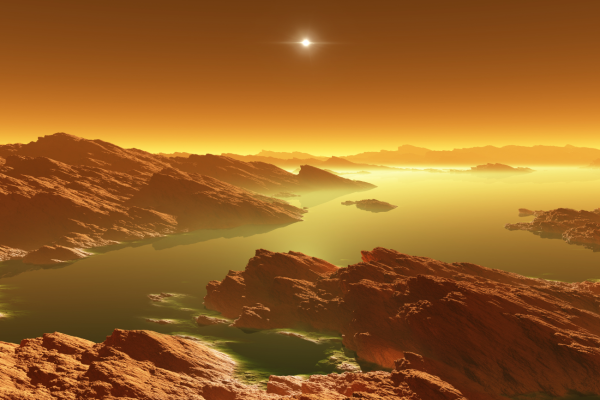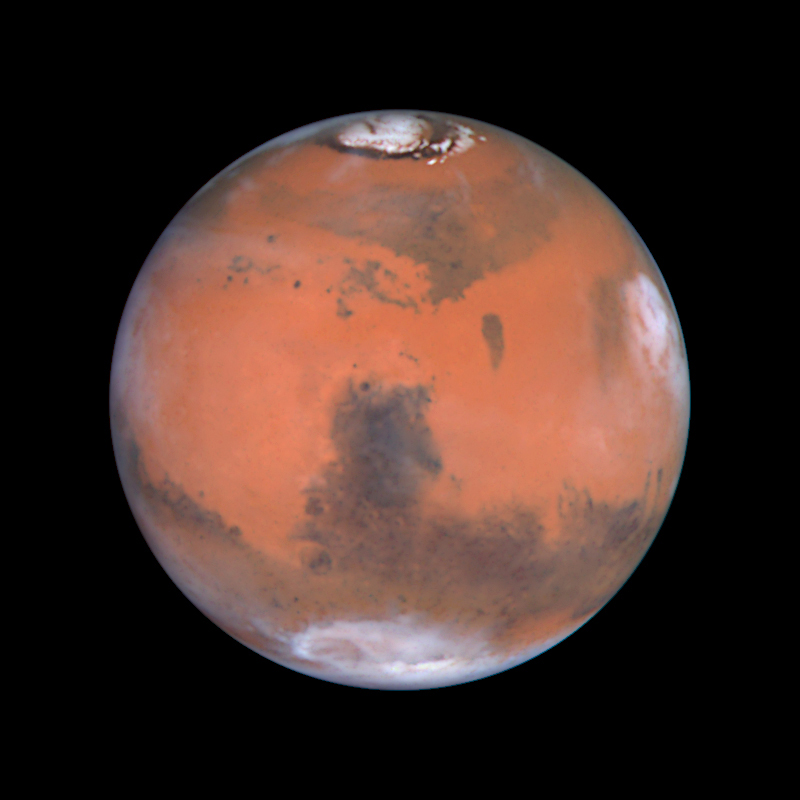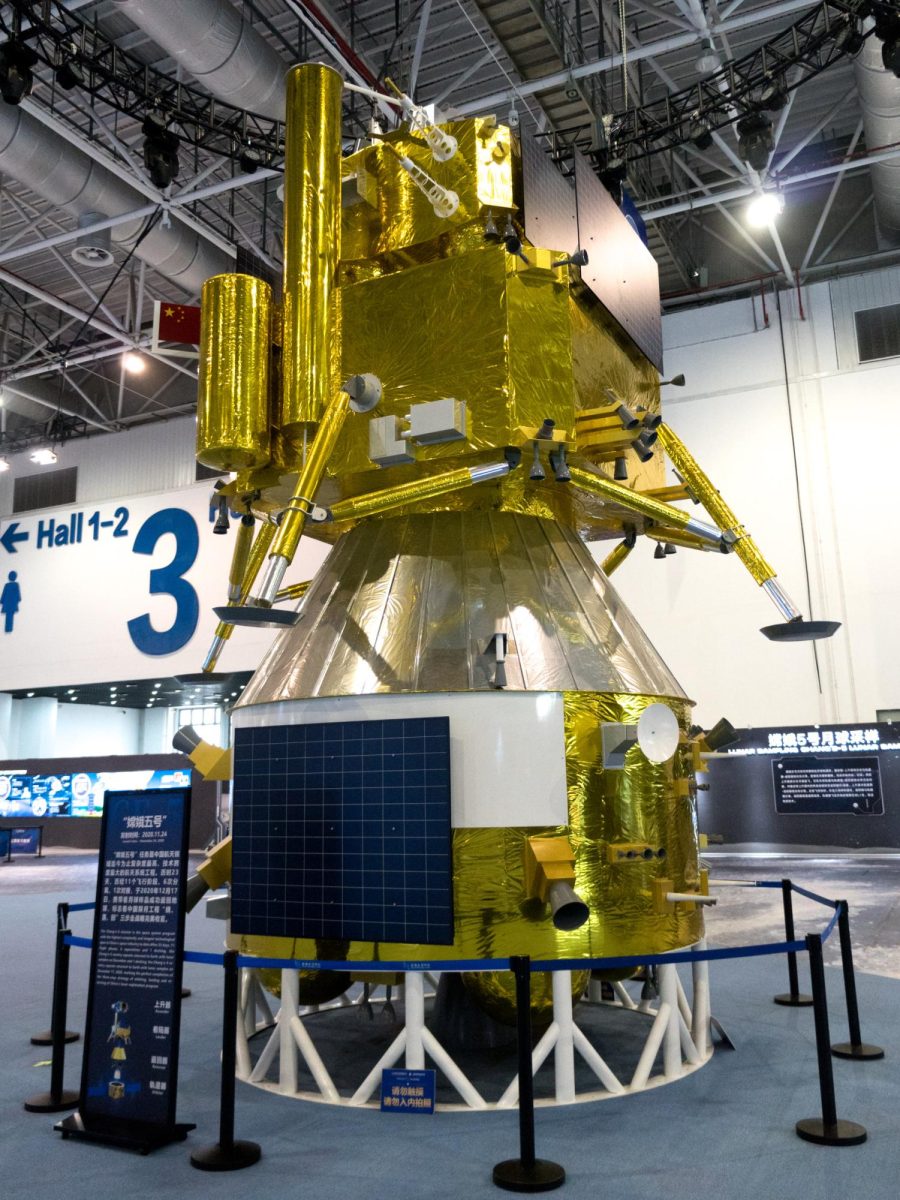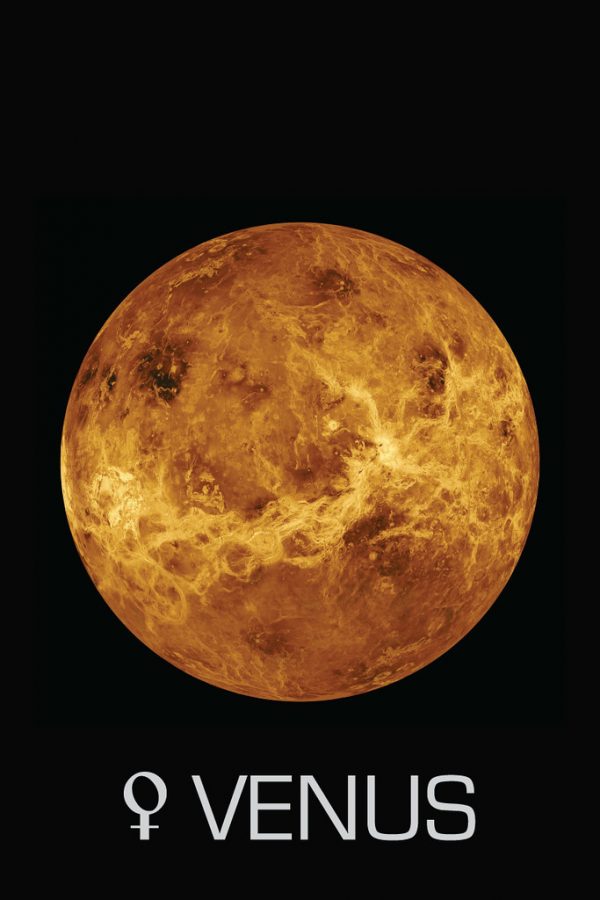
The moon Titan, a natural satellite of Saturn, has long captured the imagination of scientists and space enthusiasts. With its unique characteristics and life-saving capabilities, Titan has become  a center of research and discovery. In this essay, we explore five key aspects of Titan, shedding light on its atmosphere, surface features, potential for liquid oceans, geological activity, and the importance of its exploration.
a center of research and discovery. In this essay, we explore five key aspects of Titan, shedding light on its atmosphere, surface features, potential for liquid oceans, geological activity, and the importance of its exploration.
First, Titan’s atmosphere distinguishes it from other moons in our solar system. It is surrounded by a thick layer of nitrogen containing traces of methane and other hydrocarbons. This dense atmosphere creates a hazy, orange-colored sky that resembles a sunset on Earth. Methane clouds and occasional rain showers add to the moon’s fascinating atmosphere.
Moving to the surface of Titan, it has many fascinating features. The landscape is dominated by methane lakes and seas that form a fluid cycle similar to the Earth’s water cycle. These bodies of fluid, along with river-like channels and dunes, indicate a dynamic geological history. In addition, the surface is covered with ice mountains and cryovolcanoes that indicate past or ongoing geological activity.
One of the most exciting aspects of Titan is its potential for liquid oceans beneath its icy crust. Scientists believe there may be a global ocean of water and ammonia beneath the moon’s surface. If confirmed, this subterranean ocean could provide a unique environment for life to evolve and survive. Investigating the possibility of life on Titan has become an important focus of future space missions.
When it comes to geological activity, Titan presents many fascinating phenomena. Cryovolcanism, i.e. the eruption of icy materials instead of molten rock, was observed on its surface. This process, driven by internal heating and liquid underground oceans, promotes the formation of new landscapes and the recycling of surface materials. Studying these geological processes on Titan provides valuable information about the evolution of icy bodies in the outer solar system.
In summary, w e can say that Titan continues to capture our interest and curiosity. Its unique atmosphere, versatile surface features, liquid ocean capabilities and geological activity make it a fascinating object of study. Further research and scientific missions to Titan promise to uncover more secrets and possibly find signs of extraterrestrial life. As we continue to study and learn more about this enigmatic moon, our understanding of the solar system and the possibility of life beyond Earth will expand.
e can say that Titan continues to capture our interest and curiosity. Its unique atmosphere, versatile surface features, liquid ocean capabilities and geological activity make it a fascinating object of study. Further research and scientific missions to Titan promise to uncover more secrets and possibly find signs of extraterrestrial life. As we continue to study and learn more about this enigmatic moon, our understanding of the solar system and the possibility of life beyond Earth will expand.
Related Stories:
The black hole–powered jet in galaxy M87 is making stars explode
Take Action:
https://www.nasa.gov/get-involved/#:~:text=Volunteer%20for%20a%20NASA%20Study,visit%20the%20Analog%20Studies%20page.


















